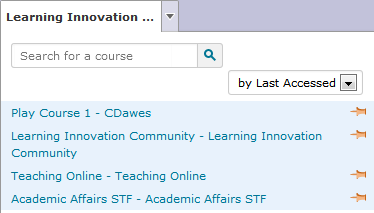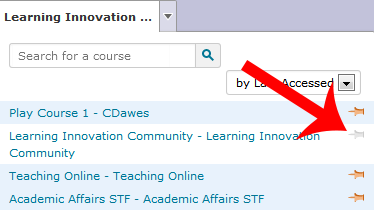Gamification is a term that gets thrown around in higher
education frequently these days, but what and more importantly how can that be
achieved?
The concept of Gamification is creating game mechanics
(point systems, levels, leaderboards and challenges) into a learning
environment. Video games are the dominant entertainment form of our time
because they are powerful tools for motivating behavior. The idea is to create
a game like environment that plays on peoples’ natural need for competition and
achievement. A very common use of Gamification in Higher Education is the
technique of rewarding learners who accomplish tasks.
An example of this in a course setting could be by adding in
some hidden tasks in your course a learner would have to accomplish in order to
gain badges, points, or credits. Those badges could then be traded in for
possible prizes within the course such as extra credit, a test retake (maybe),
or a get out of homework free badge. These are some of the simpler ways of
incorporating this concept into a course setting.
That example is a simple way that anyone can take advantage
of this concept, but personally I have always thought the best way to
accomplish “Gamification” is playing a game and learning about content without
knowing I learned anything at all. I know what you’re thinking, building an
entire game takes time, graphic skills, and development skills that most people
don’t have, but I firmly agree accomplishes the concept of Gamification more
efficiently.
Think about playing The Oregon Trail years ago. That game
was about getting your family from point A to point B without getting everyone
killed, a simple game. Personally I always lost everyone to dysentery (Which I
think I’m still mad about), but as you advance through that game you accomplish
little quests in order gain food, fix your wagon, and cross rivers. All that
time playing the learner is absorbing content like foraging and hunting
techniques, wagon differences and repair, and even geography.
Games have always been an effective way to create motivation
in people so why not try them to motivate students?

Created by Knewton and Column Five Media


